Tips for new cyclists

A little over two years ago the number of people in Ireland who classed themselves as a cyclist (someone who cycles once a week or more for exercise) was 212,000. Recently the study was revisited and the current number of people who cycle a bike each week for exercise is over 500,000.
With so many people having taken to two wheels over the past two years perhaps it’s time for more experienced cyclists to pass on some knowledge and a few lessons learned that may help them on their way.
.
These are my top ten tips for anyone new to cycling :
.
1 : Get your saddle height right.
When you were a child learning to cycle you were told that you should be able to have both feet flat on the ground when sitting on the saddle. This was because you were only learning how to balance on the bike. As an adult or an older version of that child who learned to cycle your saddle height requirements have changed. To be able to cycle any distance further than 5km you need to have your saddle at a height that enables you to touch the ground with just your tippy toes. A good analogy to explain the need for having your saddle that high is if you were to stand with your knees bent how long could you hold that position before your quads ached and you were forced to stand up straight with your knees locked out? Probably 5 or 10 minutes max. The same is true on a bike. If you try to climb a hill with your saddle too low you load up the quads, loose all power and may have to get off and walk.
.
2 : Find quiet roads.
The roads that you know from driving in your car are not the roads to cycle on. Find new roads in your locality that have little or no traffic on them. They may not have a hard shoulder but they will twist and turn which makes it too difficult for the few motorists you will encounter to be looking at their mobile phones. On main roads every second driver seems to be looking down at their right hand and what it contains.
.
3 : Pump your tyres
One of the best investments that you can make along with your bike is a track pump. Tyres loose pressure over time and if your tyre pressure is too low you are far more likely to get a puncture. It also makes it feel as though you are cycling in sand. You need to pump your tyres at least once per month. The recommended tyre pressure range is always shown on the sidewall of each tyre. Aim for somewhere in the middle of the two figures.
.
4 : Don’t bite off more than you can chew
Sometimes you head off on your bike with the sunshine on your face and the wind on your back. It feels great and you feel great. You feel like you could go on for ever, until you turn around and realise that you have to push against that wind all the way home. Try to build upon your times and distances gradually. Ideally by 10 – 20% each time. The key is to always return home feeling like you could have done more.
.
5 : Socialise
One of the revelations that new cyclists discover is just how sociable cycling can be. Join a local club or cycling group. Set up a WhatsApp group with some friends. Or maybe just start out with one other person.
.
6 : Know how fast to go.
If you can’t hold a conversation with the person beside you slow down.
.
7 : Know what gear to be in.
Listen to your lungs and legs. If your legs are under pressure change in to an easier gear and use your lungs more. If your lungs are under pressure change in to a harder gear and use your legs more.
.
8: Wear the right clothing.
The most important item is a reasonably good pair of cycling shorts with a good padding. These are always worn without underwear. Use the right jacket or jersey for the conditions. Many new cyclists get a hi viz yellow rain jacket and that is their cycling jacket no matter what the weather conditions are like. They then overheat in summer and freeze in winter. Clothing should be tight fitting, comfortable and breathable. Only use rain gear when it is raining. Bright and visible clothing should be worn as much as possible but flashing lights front and back are even more effective in making sure that motorists will see you.
.
9 : Food and drink
On the bike you should be sipping from your water bottle every 10 minutes and eating something every 40 minutes. Plain water is fine to drink but some people find electrolyte drinks help too. Energy bars are popular but bananas, fruit cake or jellies work well also.
.
10 : Enjoy it.
Cycling is meant to be an enjoyable way to build and maintain physical fitness. You do not need to go hard every time you go out to build fitness. You just need to enjoy it and then you will do it more frequently and regularly and that is more beneficial than any high average speed.
.


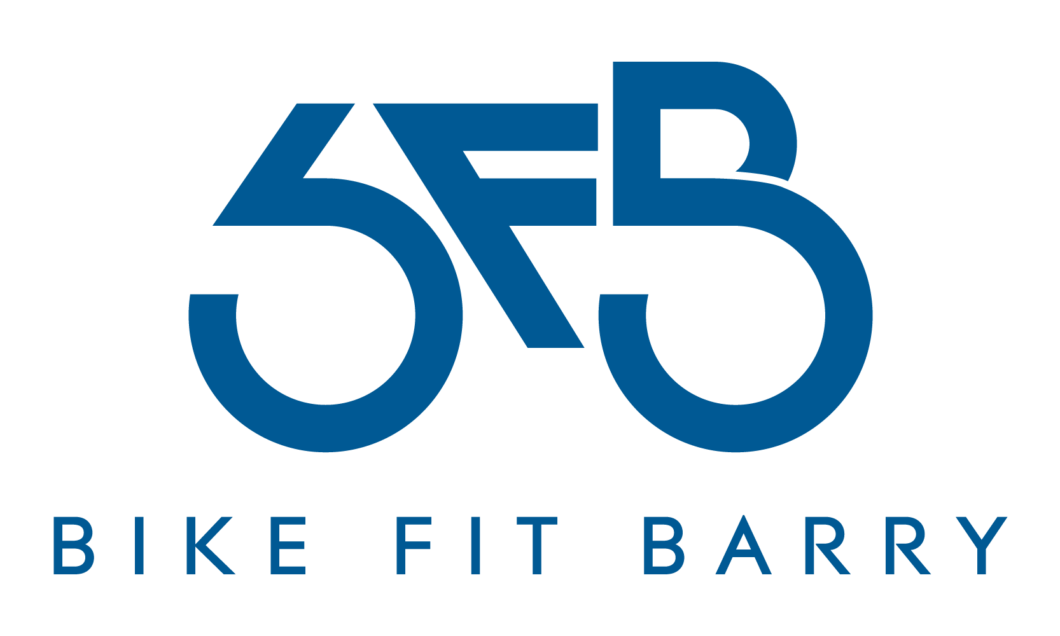
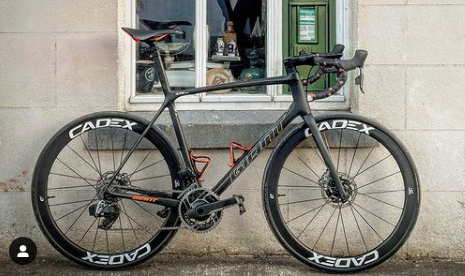
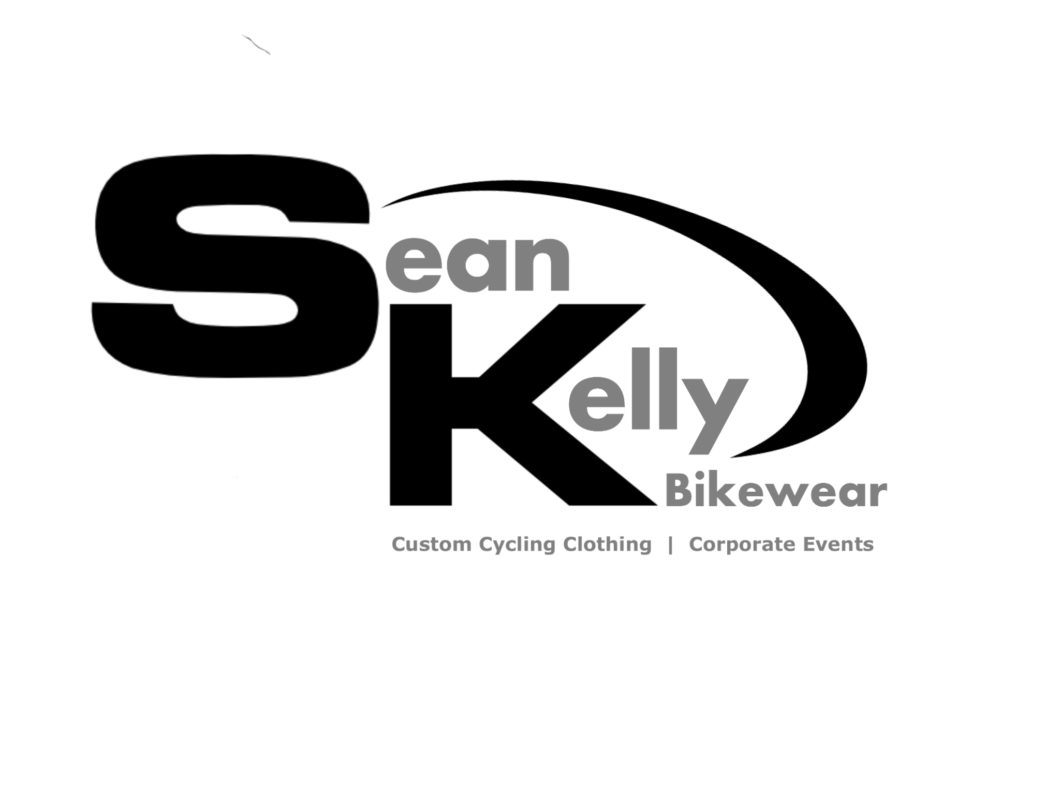

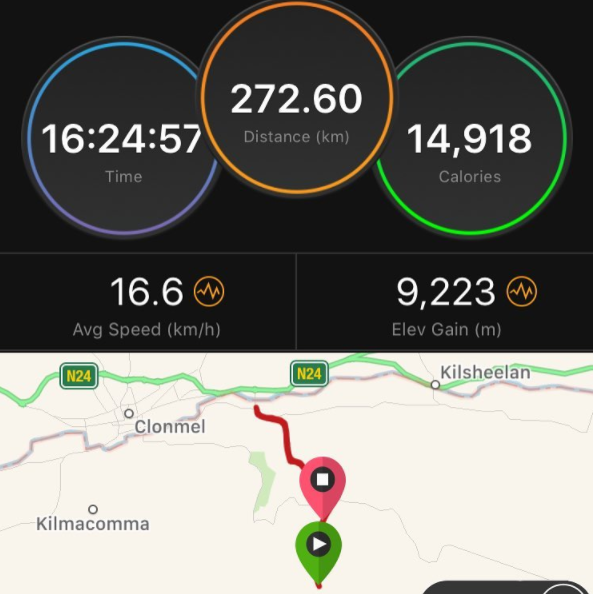
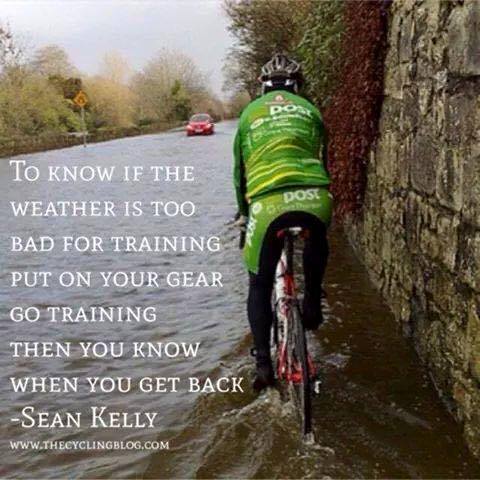
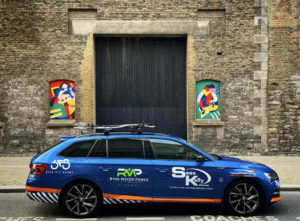
1 COMMENT
Geneva Hendrix
Found your blog today, enjoy it. I have 2 problems with my riding that has become worse. 1st my balance on getting my leg over the bike is an increasing problem as I age. I have to have the kickstand down and be near a solid object to have one hand on to steady by balance as I bring my leg over, only then do I raise the kick stand to begin my ride.
2nd – I have always had poor eye/hand coordination, and I find on some bike paths with the posts that are designed to keep motor vehicles off the pathway, the posts are set too close together for me to ride between without fear of crashing into one of the posts — the same problem occurs when crossing of a bike/pedestrian bride with the fence sides too close. Do you have any tips for these issues for aging bikers with poor balance and eye/hand coordination when a recumbent bicycle is not feasible at this time?
PS. My go to bicycle is a cannodale M500 with extended handle bar, fenders/back rack. I also have a Terry Trilogy road bike that I hope to have the handle bars raised and possible equipped with a e-battery for climbling.